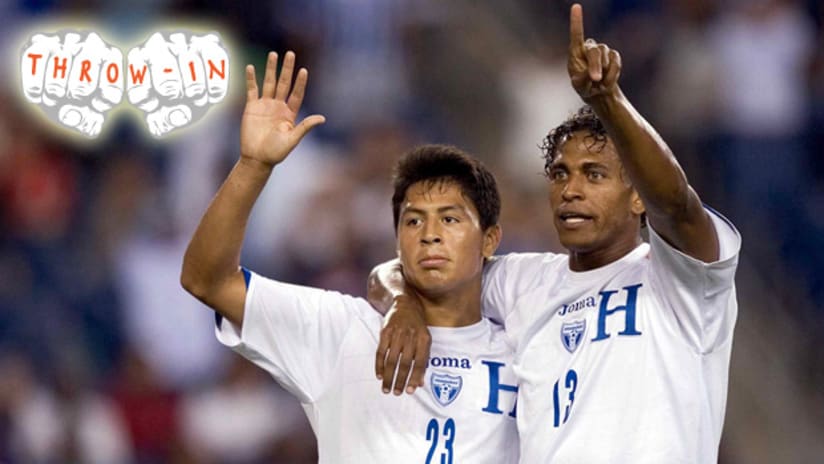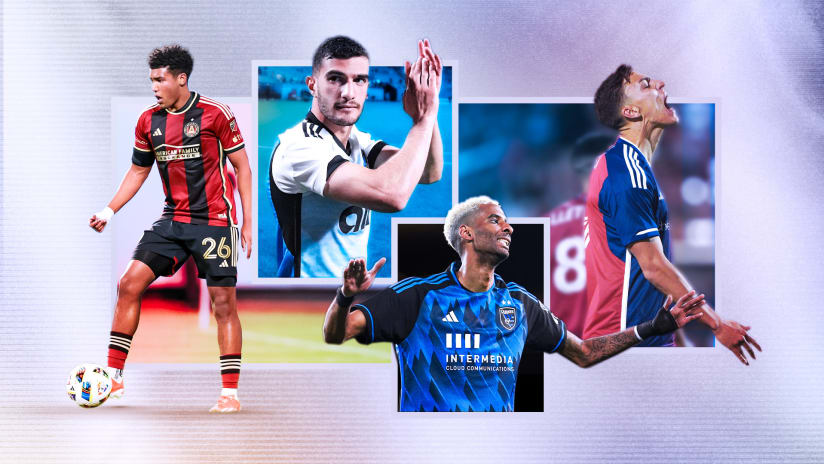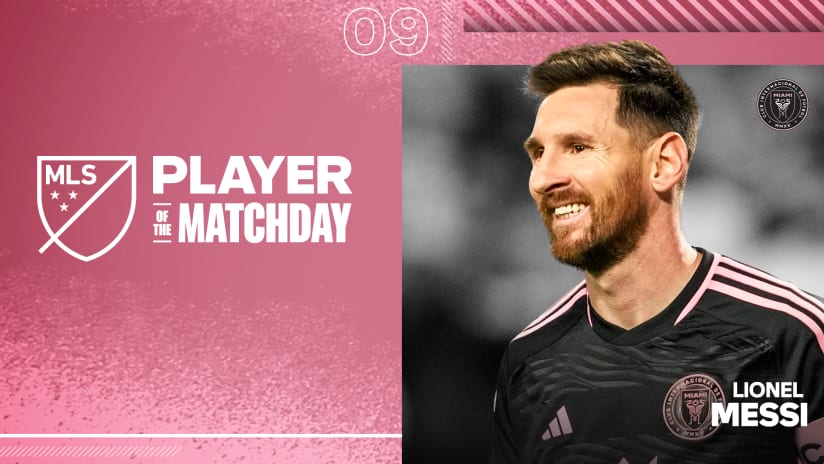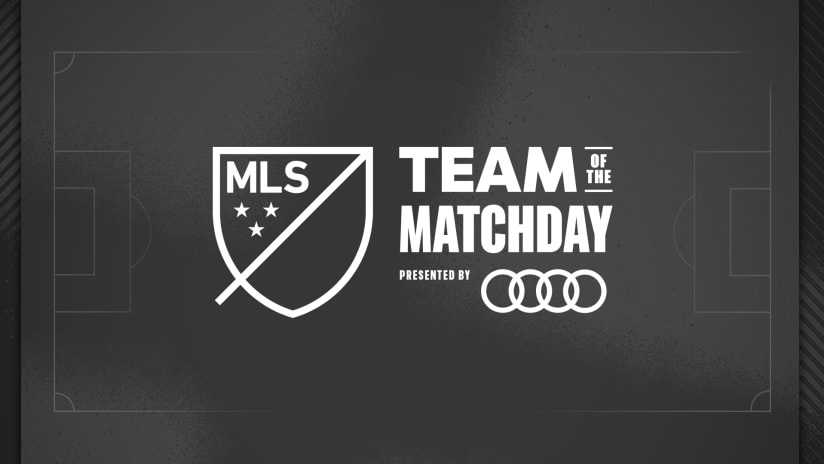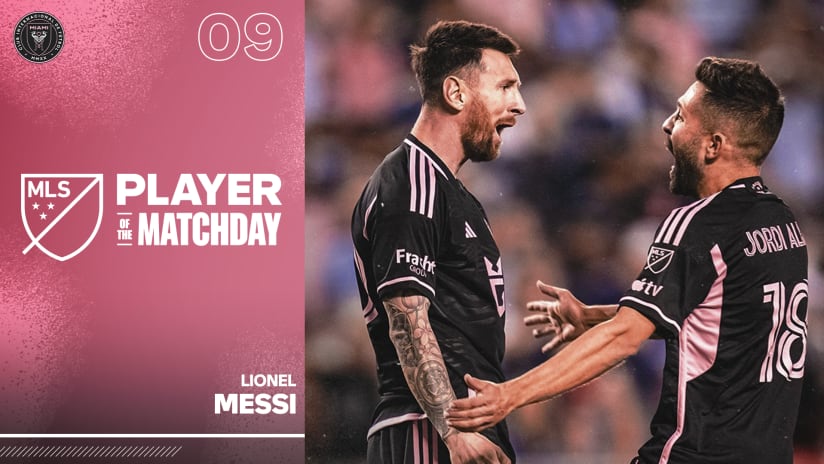Ho-hum, just another US vs. Mexico battle in the recently completed Gold Cup. El Tri were the worthy winners, taking home their second straight CONCACAF title in front a “home” crowd at the Rose Bowl.
That also marked the fifth time in the tournament’s 20-year history the two archrivals squared off for regional dominance, and the third consecutive US-Mexico final to boot. No surprise there. And, don't forget, the US and Mexico have finished one-two in World Cup qualifying for the past two cycles.
If you’ve been a fútbol fan for the past decade, you’d think La Guerra Fría is the only CONCACAF rivalry that matters. After all, it’s a battle between the two most populous nations in the region, the countries with the strongest domestic leagues and the two most prolific exporters of talent to Europe.
That’s fair enough. The US and Mexico have so dominated the region in recent years that everything else has been a race for No. 3. But that competition for third has proven to be fascinatingly unpredictable and more mercurial over the years than Dwayne De Rosario’s hairstyles.
If you’ve paid close attention to the battle for CONCACAF supremacy in recent years, you no doubt know that Honduras have consolidated themselves as the clear No. 3 in the region. That’s no accident. Los Catrachos are enjoying the peak of a generation of talent that has speed, strength and big-game experience in the top leagues around the world.
European-schooled hard men like Wilson Palacios, Hendry Thomas, Maynor Figueroa and Emilio Izaguirre — all of who are in their mid to late 20s — have honed their craft on big stages and bring a dose of the big time to a nation that is enjoying the height of its footballing powers.
That’s trickled down to the rest of the pool as Honduras cashed in with their second-ever World Cup appearance last summer, their first Copa Centroamericana title in 16 years this past winter, and a semifinal slot at this Gold Cup. In fact, the Catrachos forced Mexico to extra time in Houston and came close to really shaking up CONCACAF.
Still, it’s pretty inarguable that Honduras are firmly entrenched as the third-place horse right now, right behind the duopoly at the top. And according to midfielder-defender Roger Espinoza — who played a solid near-120 minutes in central midfield vs. El Tri — there are worlds of possibilities right now.
“This generation has seen the difference in how soccer is played around the world, and we’ve brought that to the national team,” the Sporting Kansas City man told MLSsoccer.com. “The World Cup was such a great experience. Our generation has a lot more to give, but we have young talent coming out at the [U-23] level. The Olympics are our next goal.”
In the shifting sands of No. 3 in the region, it’s a pretty mighty accomplishment for Honduras. The Central American republic has a population roughly the same size as the state of Virginia, a top-flight league of only 10 teams and — most tellingly — 65 percent of the population living beneath the poverty line.
It’s those kinds of limitations that have made No. 3 such a precarious spot to be in. Honduras stole it, in a way, from a neighbor just down the coast in Costa Rica. Los Ticos didn’t just have a stranglehold on third-best in the region for nearly 15 years, they were second-best for decades before the US redeveloped themselves in the 1990s into a country that took soccer seriously.
Costa Rica’s peak came in back-to-back World Cup appearances in 2002 and ’06 as the golden generation of Paulo Wanchope, Walter Centeno and Rónald Gómez used their own European experience to lift the Ticos to the height of their powers.
“That’s definitely gone now,” Chicago Fire defender and Costa Rican national-teamer Gonzalo Segares lamented to MLSsoccer.com. “Players have a lot of pressure on them now because of the media and fans. They all expect us to be in the World Cup all the time. People in Costa Rica need to understand it’s not that easy.”
The economy has hit Costa Rica hard, as really only two clubs — Saprissa and Alajuelense — are in good financial standing, Segares says. That makes it tougher to develop and sell homegrown talent — especially when clubs are asking inflated prices that scare off buyers. And a rash of turf fields all over the country are causing premature knee and ankle problems for kids who are far too young to have to deal with that kind of rehabilitation.
Still, Segares remains hopeful of some young talent coming down the pipeline, especially as the Costa Rican Under-20s get set to kick off at the U-20 World Cup in late July. Nineteen-year-old striker Joel Campbell, who scored on Cuba during the Gold Cup, is a bright young hope for Costa Rica.
But it wouldn’t be surprising to see another new face supplant Honduras eventually. Jamaica are enjoying a renaissance under Theodore Whitmore that could see them reach the heights of the magical 1998 World Cup squad, of which he was a member. The Reggae Boyz dazzled in the group stage of the Gold Cup before a quarterfinal collision with their own personal kryptonite: the US, against whom they’re winless in 18 games and who have a knack for exposing their weaknesses.
“We have talent, and we look good on paper,” said Real Salt Lake’s Andy Williams, who was also a member of that France ’98 squad. “Now we need to get everybody on the same page, believing in one another. Apart from our ‘98 team, I don’t think our players have ever been 100 percent supportive of the program and each other. Theodore’s the right guy to change that.”
Panama haven’t shown too poorly for themselves in recent tournaments either, and you never know when it could all come together for talented nuclei in El Salvador and Guatemala. And numbers-wise — both in terms of money and population — there's no reason why Canada eventually won't get it together. For now, No. 3 isn’t a bad place to be.
“When you’re one of the smallest countries on the continent, being in third is pretty good,” said Honduras’ Espinoza. “We’ve been able to keep up with Mexico and the US — think about how impressive that is. But our goal is to be No. 1.”
Jonah Freedman is the managing editor of MLSsoccer.com. “The Throw-In” appears every Thursday.


